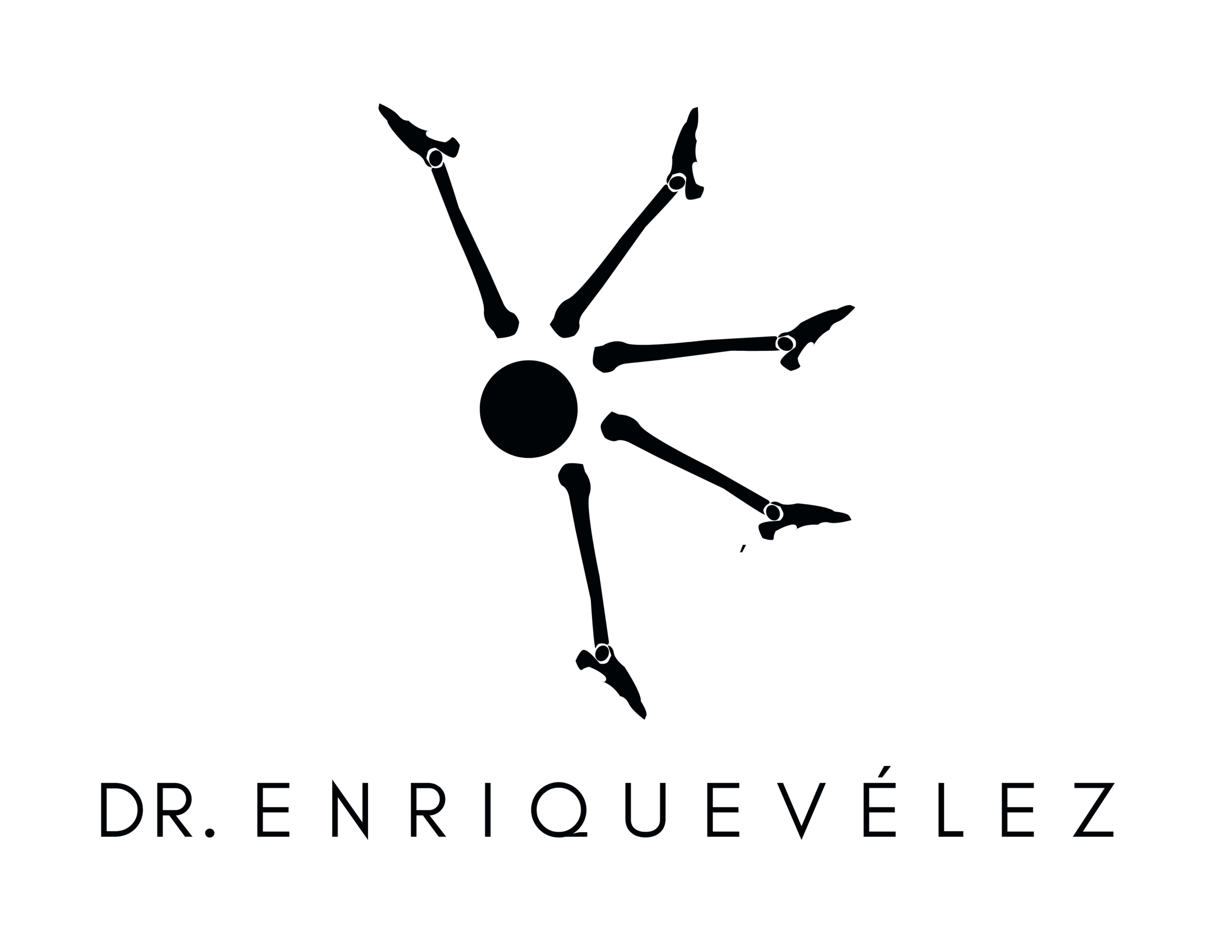FAQ
At Dr. Enrique Vélez’s orthopedic practice, we understand that patients often have important questions before and after surgery. Our FAQ section is designed to provide clear, helpful answers about your treatment options, recovery process, clinic logistics, and what to expect every step of the way. Whether you’re planning a consultation, preparing for joint replacement, or recovering from surgery, these answers will guide you through the journey with confidence and peace of mind.
1. How do I schedule an appointment with Dr. Vélez?
You can easily book your consultation by calling our office directly or using our secure online booking form. Our team is happy to assist you and answer any questions you may have.
2. Do I need a referral to see Dr. Vélez?
No referral is necessary. Dr. Vélez welcomes new patients and you can schedule your consultation directly with our office.
3. Where is your main clinic located?
Our main clinic is located in Cabo San Lucas, with an additional office in San José del Cabo. Both locations are easily accessible, and directions will be provided upon confirmation of your appointment.
4. How much time should I plan to take off work after surgery?
Recovery time depends on the type of surgery you undergo. In most cases, patients should plan for at least two weeks of rest before returning to light activities or work. Dr. Vélez will provide personalized post-operative care instructions to ensure a safe and smooth recovery.
5. When can I drive again after surgery?
You’ll need to avoid driving until you’ve regained full control of your leg and are no longer taking narcotic pain medications. For many procedures, this is typically around 6 weeks post-surgery, but Dr. Vélez will give you a specific timeline based on your recovery.
6. When can I start exercising again?
Light post-operative exercises often begin shortly after surgery, under the guidance of your care team. Dr. Vélez will recommend a tailored rehabilitation plan that includes range-of-motion and strengthening exercises, often coordinated with a physical therapist.
7. How do I contact the clinic after hours?
For urgent medical concerns outside of regular hours, you can contact our clinic directly. A member of our medical team is available 24/7 to address urgent needs. Please call the number provided to reach our on-call support.
8. Who can I speak to about billing or insurance questions?
If you have any billing-related inquiries or need help with insurance paperwork, please contact our billing department. Our team will be happy to walk you through the process and assist with any concerns.
What non-surgical treatment options are available?
Before considering surgery, Dr. Vélez may recommend a combination of conservative treatments. These may include physical therapy, anti-inflammatory medications, cold therapy (cryotherapy), and targeted joint injections—all aimed at reducing pain, improving mobility, and supporting joint health without surgery.
Will I need physical therapy after surgery?
Yes, physical therapy is an essential part of your recovery. It helps restore your strength, flexibility, and full range of motion. Dr. Vélez’s approach includes pre-operative education and exercise, followed by a structured post-operative rehabilitation plan to support your recovery and ensure the best outcome.
What activities are allowed after surgery?
Here are general activity guidelines to follow during recovery:
You may bear weight on your surgical leg as tolerated.
If any movement causes significant pain, stop and rest.
Begin walking with a walker, then progress to a cane, and eventually to walking unaided.
Preventing falls is crucial during the healing process.
Recovery times vary—everyone heals at their own pace.
Walking is encouraged with no set distance limits—listen to your body.
Use a pillow between your knees for comfort while sleeping if needed.
Begin physical therapy at home or at a rehab facility shortly after surgery.
The first 6 weeks focus on regaining motion, restoring flexibility, and avoiding joint stiffness.
Avoid high-impact activities during recovery.
Low-impact exercises like stationary biking, pool therapy, light aerobics, and elliptical training are recommended.
What is arthritis?
Arthritis is a broad term for a group of conditions that affect the joints, causing pain, inflammation, and reduced mobility. It can affect people of any age or background. The most common types include:
Osteoarthritis – The most prevalent form, caused by wear-and-tear of the cartilage that cushions your joints.
Rheumatoid Arthritis – An autoimmune condition where the body’s immune system attacks the lining of the joints, leading to inflammation and joint damage.
Juvenile Arthritis – A rare autoimmune condition affecting children under 16, leading to joint inflammation, pain, and stiffness.
What is a joint replacement?
Joint replacement surgery involves removing damaged cartilage and bone from the hip or knee and replacing it with an artificial implant. These implants, made from titanium, ceramic, cobalt chromium, or plastic, are designed to reduce pain, restore function, and help you return to your daily activities with confidence.
Will I need a blood transfusion during surgery?
In most cases, a blood transfusion is not necessary. Dr. Vélez uses advanced techniques—including the use of tranexamic acid and electrocautery—to minimize blood loss during surgery and improve your safety.
How long does joint replacement surgery take?
The procedure itself typically takes 60 to 90 minutes, depending on the complexity. Including preparation, anesthesia, and recovery room time, you can expect to spend around 2 hours in the operating suite.
Will I need pain medication after surgery?
Yes, pain management is essential during recovery. Dr. Vélez uses a multimodal pain strategy to reduce the need for narcotics, focusing on anti-inflammatory medications and acetaminophen (Tylenol). Opioids may be prescribed for breakthrough pain in the short term, but their use is limited to avoid side effects. Ice therapy is also highly recommended to reduce swelling and discomfort.
How is hip replacement surgery performed?
Dr. Vélez uses a minimally invasive anterior approach, accessing the hip joint through a small incision (3–4 inches) at the front of the hip. This technique minimizes muscle disruption and allows for faster recovery. In complex cases, a lateral approach may be used. The damaged bone is removed, and new implants are securely placed for immediate weight-bearing.
How is knee replacement surgery performed?
A small incision (typically 3–5 inches) is made over the front of the knee. Damaged cartilage and bone are removed, and the joint surfaces are shaped to accommodate the implants. The new components are then fixed to the femur (thigh bone) and tibia (shin bone), allowing for immediate weight-bearing.
What are the risks associated with joint replacement surgery?
While joint replacement is generally very safe, all surgeries carry some risk. Dr. Vélez takes every precaution to minimize complications. Potential risks include:
Infection – Antibiotics are administered before and after surgery. The surgical area is sterilized thoroughly to prevent infection, but patients with conditions like diabetes or autoimmune disorders may have a slightly higher risk.
Blood Clots – To prevent clots, patients are prescribed Aspirin 81mg twice daily for 6 weeks, along with compression stockings, foot pumps, and early movement.
Dislocation (Hip Replacement) – Though rare with the anterior approach Dr. Vélez uses, trauma or falls can lead to dislocation. Fall prevention is key during recovery.
Numbness near the incision – Some patients experience temporary numbness near the incision site. This usually improves over time and is often mild and non-disruptive.

